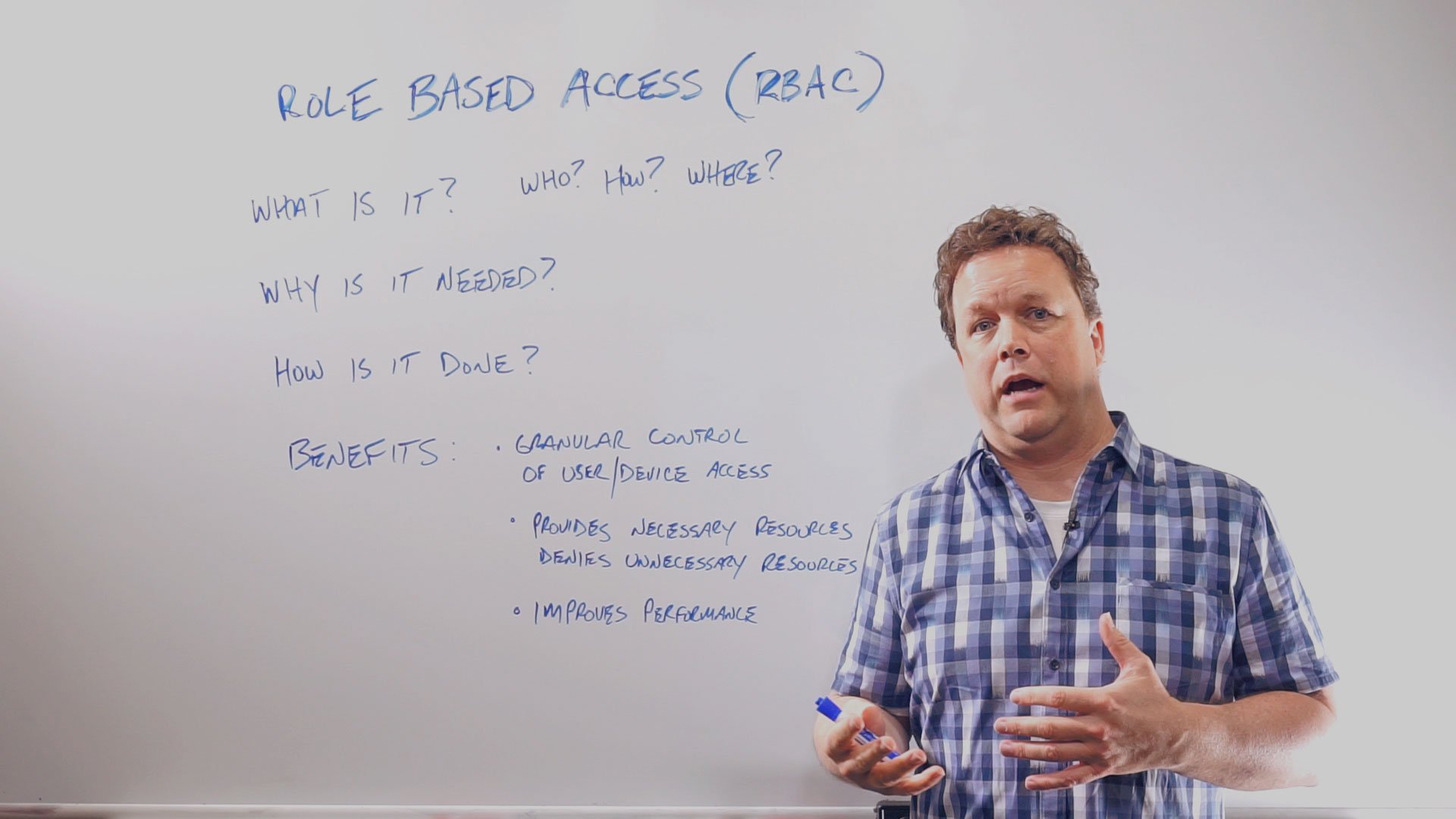
Traditional textbooks are still being sold by the millions. Yet, with the rapidly growing tablet market can Ebooks be a new and more cost effective way of learning? Many would argue the pros of these interactive learning tools are as vast as their availability.
Never Out of Stock and No Wait on Shipping:
e-Books are available instantly and can save on time running to stores and waiting in line.
Can Have Web or Multi-Media Tie Ins:
This is key for a generation of students that speak the language of Youtube and Netflix (81% of K-12 teachers believe that "tablets enrich classroom education.")
Some e-Books Have Text to Speak Readers:
TTS (Text-To-Speech) have multiple functions that can enhance the learning experience. Some examples include helping students with dyslexia, reading challenges, or visual impairments. It can also reduce eye strain, improve foreign language learning and promote listening skills.
Environmentally Friendly:
Schools will not have to constantly buy new physical copies of textbooks as curriculum changes and updates are needede-Books are a more cost effective way of obtaining your full reading curriculum:
e-textbooks on tablets cost on average 50-60% less than print textbooks
Storage Space is Reduced:
Tablets can hold hundreds of textbooks on one device, plus homework, quizzes, and other files, eliminating the need for physical storage of books
More Benefits of e-Books:
They come with font flexibility making reading easier. You can check out library books on your e-reader, and e-Books help students better prepare for a world immersed in mobile technology.
 New classroom technology is connecting with students by speaking the language they are used to, while also teaching them proper digital citizenship. It speaks the language of the future of our society as a whole. Secretary of Education Arne Duncan and Federal Communications Commission chair Julius Genachowski said on Feb. 1, 2012 that schools and publishers should "switch to digital textbooks within five years to foster interactive education, save money on books, and ensure classrooms in the US use up-to-date content."
New classroom technology is connecting with students by speaking the language they are used to, while also teaching them proper digital citizenship. It speaks the language of the future of our society as a whole. Secretary of Education Arne Duncan and Federal Communications Commission chair Julius Genachowski said on Feb. 1, 2012 that schools and publishers should "switch to digital textbooks within five years to foster interactive education, save money on books, and ensure classrooms in the US use up-to-date content."
The federal government, in collaboration with several tech organizations, released a 70-page guide for schools called the "Digital Textbook Playbook," a "roadmap for educators to accelerate the transition to digital textbooks."
The percentage of K-12 classrooms with Internet access has increased from 51% in 1998 to 98% in 2012, and 40% of elementary school teachers use computers during in-class instruction. e-Books is a trend following suit with so many advantages. Does your school have the wireless network infrastructure it needs to be a part of this trend?
Here at securedge networks, we have the experience and expertise to build the best possible solution for your school wireless network. If you have any question or would like a free consultation, contact us here. We look forward to hearing from you.








